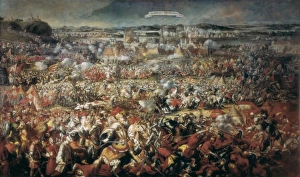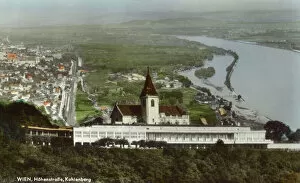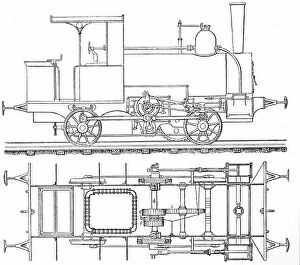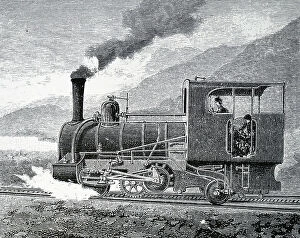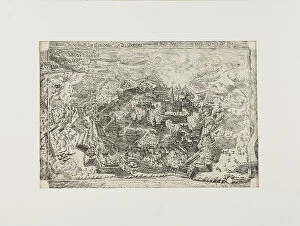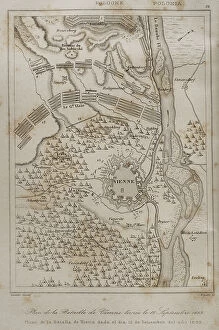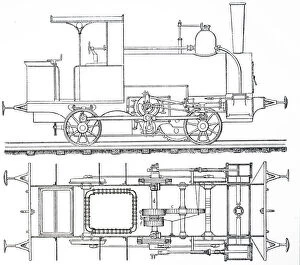Kahlenberg Collection
Kahlenberg: A Vienna Landmark Steeped in History Amid the bustling cityscape of Vienna, Austria, stands the Kahlenberg hill
All Professionally Made to Order for Quick Shipping
Kahlenberg: A Vienna Landmark Steeped in History Amid the bustling cityscape of Vienna, Austria, stands the Kahlenberg hill, a historic landmark that has witnessed pivotal moments in European history. In 1683, during the Siege of Vienna by the Turks, the Battle took place, marking the turning point of the conflict. Austrian, Polish, and German forces, led by John III Sobieski of Poland, launched a surprise attack from Hohenstrasse, ascending the Kahlenberg heights to outflank the enemy. The meticulously planned relief of Vienna on 12th September unfolded, securing the city and halting the Ottoman advance. The strategic importance is further emphasized in engravings and plans of the battle, such as the Plan of the Battle of Vienna, 12 September 1683. The hill's commanding view extends beyond military history, offering a picturesque panorama of Vienna, including Schloss Hernals and the Kahlenberg hills. Fast forward to the 19th century, and the hill's significance extended to the realm of engineering. Nicklaus Riggenbach, a Swiss engineer, designed a locomotive for his rack railway system, which was tested on the Kahlenberg hill in 1837. The hill's rich history is not limited to military and engineering feats, however. It also played a role in the lives of prominent historical figures, such as Wallenstein, who had his camp on the hill during the Thirty Years' War. Moreover, the famous composer Wolfgang Amadeus Mozart, who called Vienna home, would have gazed upon the Kahlenberg hills from his window. Today, Kahlenberg remains a cherished part of Vienna's heritage, offering visitors a glimpse into the city's storied past and breathtaking views of the modern metropolis.

